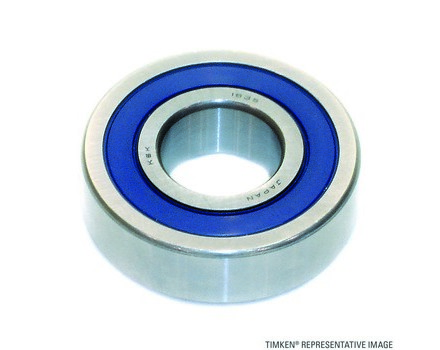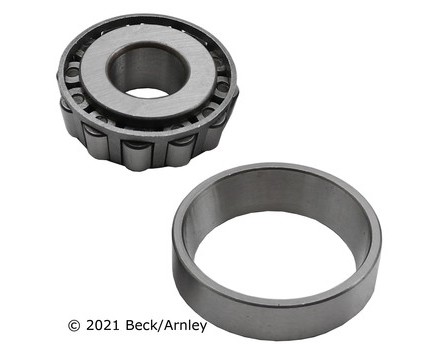Bearings
Filter Options
Important: To get started, click the blue "Filter Options" button to select your vehicle and then use the filters to narrow your options.
Important: To get started, select your vehicle on the left and then use the filters to narrow your options.
What is a bearing?
A bearing is a mechanical device which supports and constrains relative motion between two parts. Bearings are typically used in automobiles to reduce friction between rotating parts.
What is the purpose of a bearing?
The purpose of a bearing is to reduce friction between two parts, allowing them to rotate or move more smoothly and with greater efficiency. It also helps to reduce heat buildup, reduce noise, and extend the lifespan of the components.
How can I tell if my bearing is faulty?
There are several signs that may indicate a faulty bearing, including excessive noise or vibrations, difficulty in turning, uneven tire wear, and fluid leakage.
Can a faulty bearing cause damage to other components?
Yes, a faulty bearing can cause damage to other components in the vehicle. If a bearing is not properly lubricated or is worn out, it can create excessive heat and friction, which can lead to premature wear of other components.
How do I replace a bearing?
Replacing a bearing typically involves the following steps:
- Disconnect the steering linkage and remove the steering knuckle.
- Remove the retaining nut and washer, and then remove the bearing itself.
- Clean the area around the bearing and then install the new bearing.
- Reinstall the retaining nut and washer, and then reconnect the steering linkage.
How often should I inspect my bearing?
It is recommended that you inspect your bearing at least once a year, or whenever you notice any signs of wear or damage.







